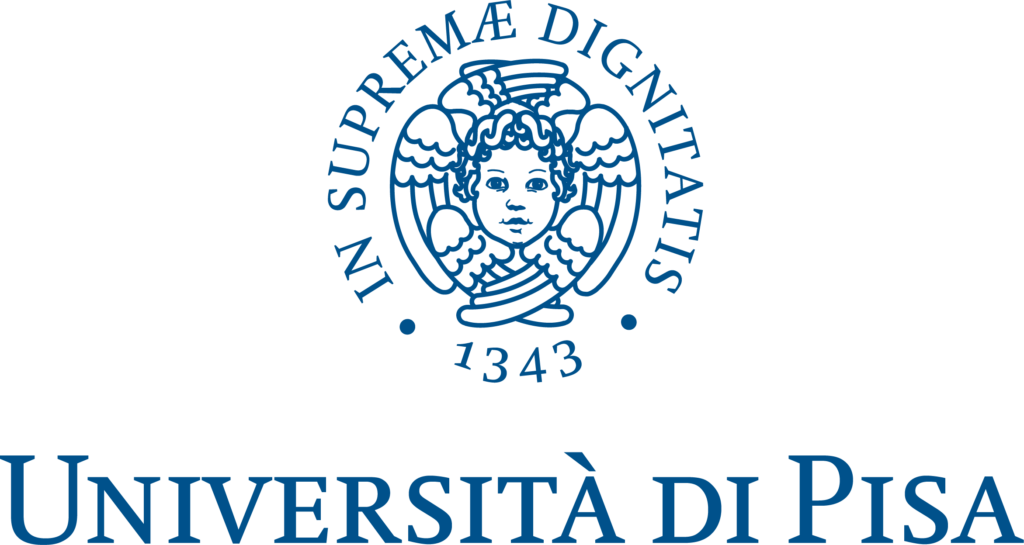
“International Workshop on Generalized Concavity, Fractional Programming and Economic Applications”
Pisa (Italy)
May 30 – June 1, 1988
The 3rd International Symposium on Generalized Convexity and Monotonicity was held at the Faculty of Economics and Commerce of the University of Pisa (Italy), from May 30 to June 1, 1988. About 70 participants from 11 different countries attended the conference.
A strong emphasis was given to applications of Generalized Convexity in Management Science and Economics, to Fractional Programming and to Duality. The proceedings of the conference have been published in a 360 page volume by Springer-Verlag.
Details on the conference proceedings are available at this link.
- CAMBINI Alberto (Pisa, Italy)
- CASTAGNOLI Erio (Milan, Italy)
- MARTEIN Laura (Pisa, Italy)
- MAZZOLENI Piera (Milan, Italy)
- SCHAIBLE Siegfried (Riverside, California, U.S.A.)
- Cambini A., Castagnoli E., Martein L., Mazzoleni P. and S. Schaible (Eds.), Generalized Convexity and Fractional Programming with Economic Applications, Proceedings of the “Third Conference on Generalized Convexity”, held at University of Pisa, Pisa (Italy), May 30 – June 1, 1988, Lecture Notes in Economics and Mathematical Systems, vol.345, Springer-Verlag, Berlin, 1990.
Details on the book are available at this page.
These are the papers selected for the Conference Proceedings :
- Generalized convexity.
- Schaible S., Introduction to generalized convexity, pp.2-13.
- Mazzoleni P., Structural developments of concavity properties, pp.14-22.
- Hackman S.T. and U. Passy, Projectively-convex models in economics, pp.23-35.
- Ward D., Convex directional derivatives in optimization, pp.36-51.
- Castagnoli E. and P. Mazzoleni, Differentiable (alpha,lambda)-concave functions, pp.52-76.
- Martein L., On the bicriteria maximization problem, pp.77-84.
- Fractional programming.
- Bector C.R. and A. Cambini, Fractional programming – some recent results, pp.86-98.
- Patkar V. and I.M. Stancu-Minasian, Recent results in disjunctive linear fractional programming, pp.99-105.
- Benadada Y., Crouzeix J.P. and J.A. Ferland, An interval-type algorithm for generalized fractional programming, pp.106-120.
- Sideri E.A., A modified Kelley’s cutting plane algorithm for some special nonconvex problems, pp.121-142.
- Sodini C., Equivalence and parametric analysis in linear fractional programming, pp.143-154.
- Cambini A. and L. Martein, Linear fractional and bicriteria linear fractional programs, pp.155-166.
- Duality and conjugation.
- Martinez-Legaz J.E., Generalized conjugation and related topics, pp.168-197.
- Penot J.P. and M. Volle, On strongly convex and paraconvex dualities, pp.198-218.
- Elster K.H. and A. Wolf, Generalized convexity and fractional optimization, pp.219-231.
- Bector C.R., Chandra S. and C. Singh, Duality in multiobjective fractional programming, pp.232-241.
- Martein L., An approach to lagrangian duality in vector optimization, pp.242-251.
- Vlach M., Rubinstein duality scheme for vector optimization, pp.252-264.
- Applications of generalized convexity in management science and economics.
- Eichhorn W., Generalized convexity in economics: some examples, pp.266-275.
- Montrucchio L. and L. Peccati, Log-convexity and global portfolio immunization, pp.276-286.
- Crouzeix J.P., Ferland J.A. and S. Schaible, Improved analysis of the generalized convexity of a function in portfolio theory, pp.287-294.
- Stancu-Minasian I.M. and S. Tigan, On some fractional programming models occurring in minimum-risk problems, pp.295-324.
- Loridan P. and J. Morgan, Quasi-convex lower level problem and applications in two level optimization, pp.325-341.
- Pessa E. and B. Rizzi, Problems of convex analysis in economic dynamical models, pp.342-347.
- Dass B.K., Recent bounds in coding using programming techniques, pp.348-351.
- Eichhorn W. and U. Leopold, Logical aspects concerning Shephard’s axioms of production theory, pp.352-358.
